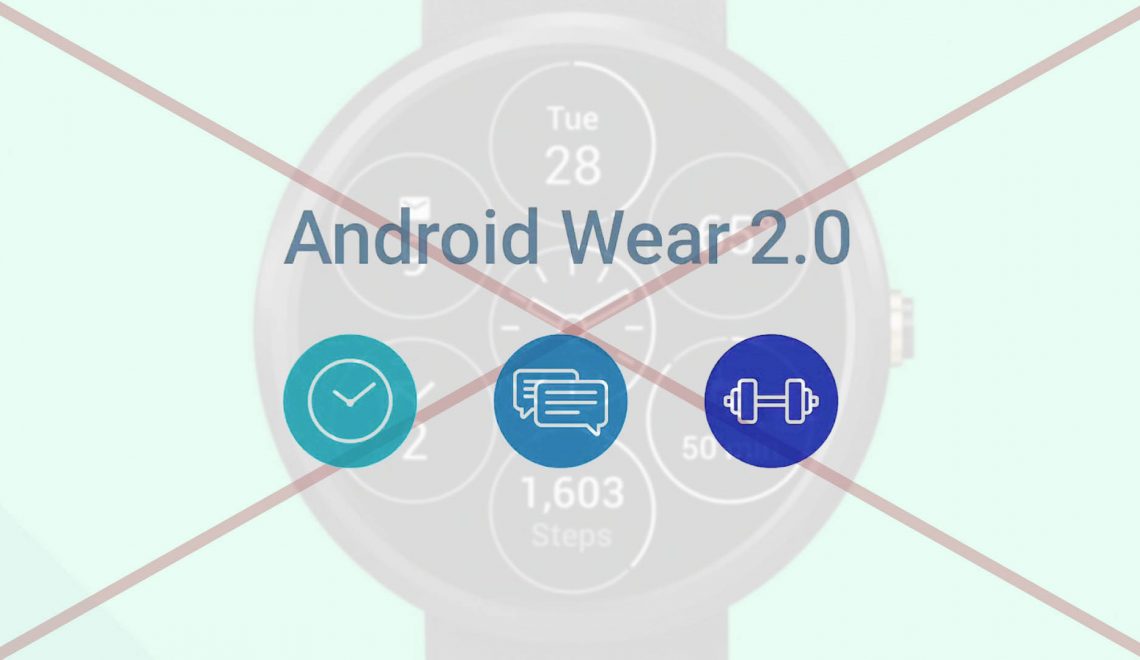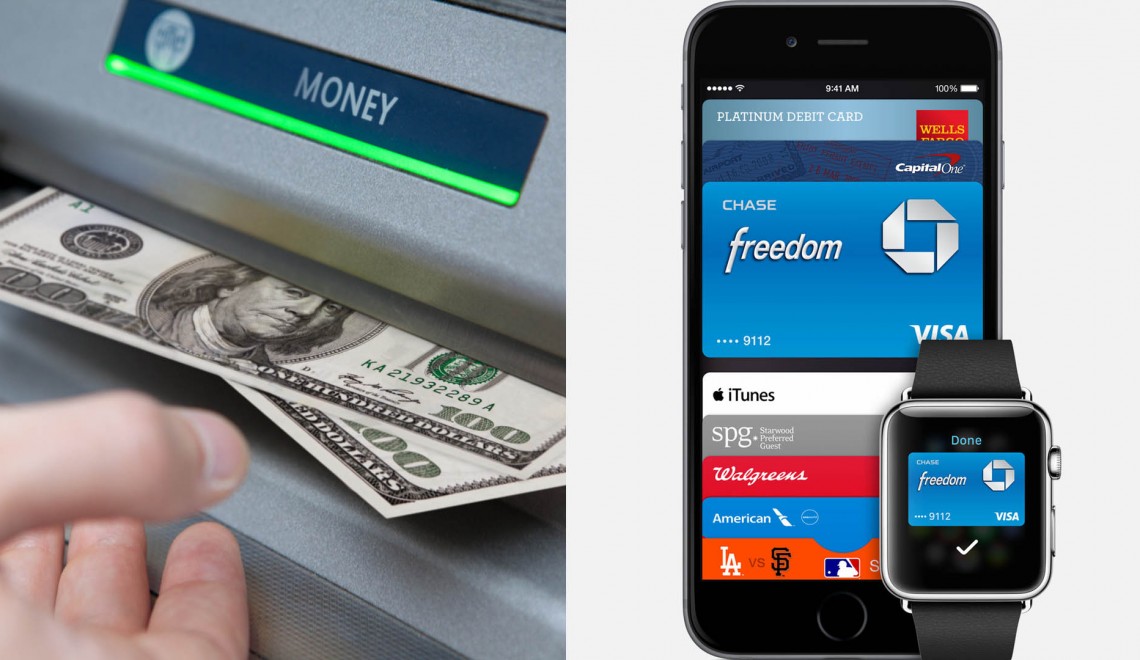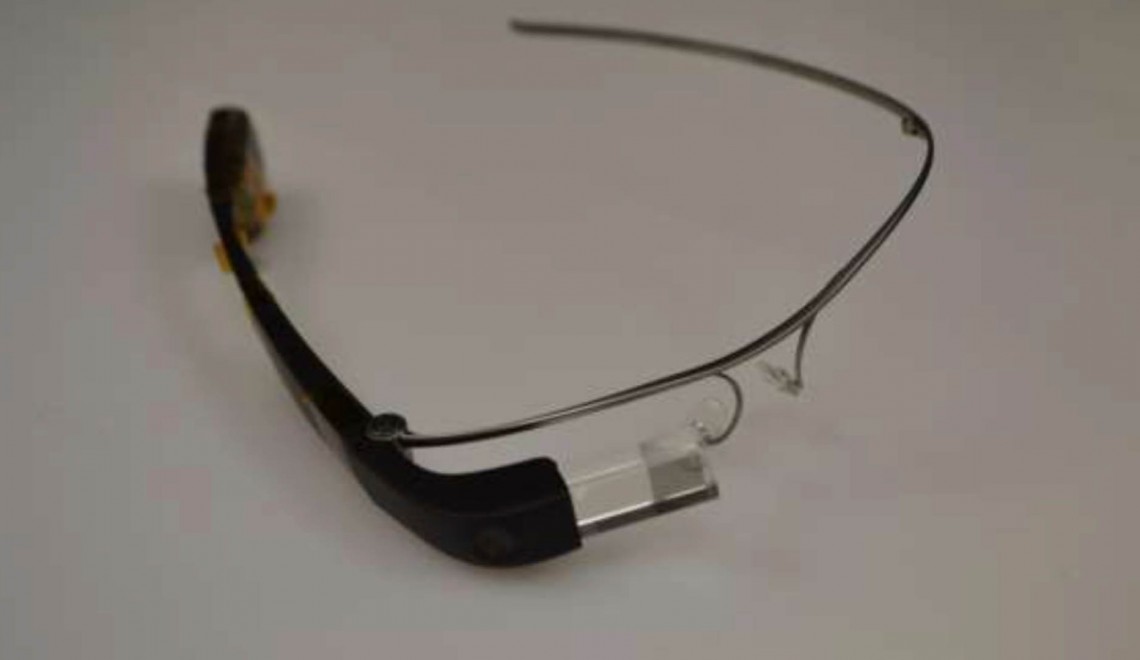
Google is preparing to suspend several Android Wear apps alongside the launch of the wearable platform’s first major update. First on the chopping block appears to be the “Together” watch face; which will stop working September 30th. The face, which began shipping with Android Wear 1.3 last August, was one of the platform’s original interactive watch faces. It was designed to facilitate watch-to-watch communication similar to the Apple Watch. Users could share emoji, photos, current activity stats, or scribbles with just a tap. While the “Together” watch face might be going away, Google is promising when Android Wear 2.0 launches this Fall, similar features will be baked into the entire operating system.
While it is great news that the social features of the “Together” watch face will be included in Android Wear 2.0, not all watches will be able to run the new OS. Killing the services behind the watch face is a slap in the face to Android Wear users whose hardware is not supported by the new software. This includes the LG G Watch, Moto 360, and most likely any smartwatch with similar hardware, such as the Asus ZenWatch. If you have an Android Wear device older than last Fall, not only are you most likely stuck on Android Wear 1.x but you also are going to be loosing features. With a strong reliance on cloud based tech, it is not surprising that Android Wear would retire services, but it seems extremely aggressive to only allow the newest hardware to upgrade while simultaneously suspending services to older devices.
For those lucky enough to be able to upgrade to Android Wear 2.0, Google has introduced a number of meaningful updates. The changes focus on improving how users interact with the device for fitness, messaging, and glanceable information. For the latter, 3rd parties can now develop complications which can be added by the user to any watch face that supports complications. In the past, developers needed to include a custom watch face with their app. Using the wearable for fitness is about to become even easier because apps now have a “stand alone” mode, giving apps have the ability to operate without a cell phone being present, pulling data from the watch’s WiFi or cellular connection. This allows you to go to the gym with only your watch and a pair of Bluetooth headphones and be able to stream music from Spotify. A side benefit of “stand alone” mode is that you can also browse and install apps directly from your watch. This is a huge boon for iOS users, who previously were reliant on the built-in apps. Your smartwatch will now also be able to automatically recognize various activities and trigger a specified app (i.e. Strava when you are cycling). Perhaps the biggest change with Android Wear 2.0 is with messaging. Not only are notifications revised (shifting from a small banner to a card that slides up to fill the screen) but the way you reply is also updated. When you receive a text you can reply via emoji triggering scribbles or voice recognition, and now via handwriting recognition, contextual smart replies (similar to the Apple Watch), or a full keyboard (with swipe support).
Continue reading











